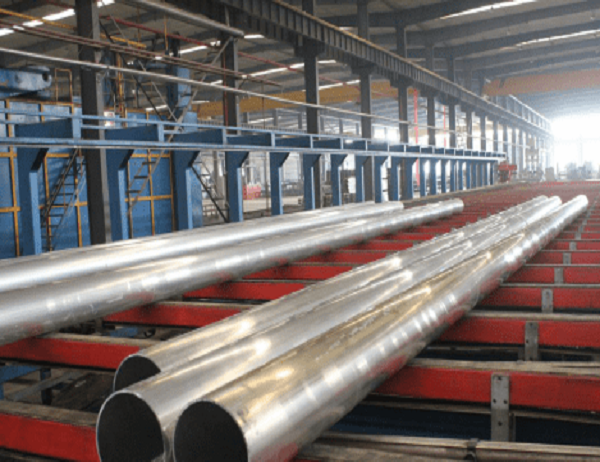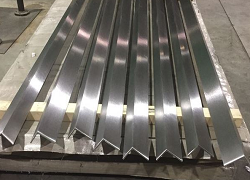In the realm of electronic cooling, heat sinks stand as valiant guardians, dissipating the fiery wrath of excessive heat. Among the ranks of heat sinks, aluminum reigns supreme, a metal of remarkable thermal conductivity and versatility. But with a labyrinth of options available, selecting the most suitable heat sink for your unique needs can be a daunting task.
Types of Heat Sinks
Flat Heat Sinks: The unsung heroes, offering simple yet effective heat dissipation.
Extruded Heat Sinks: Boasting intricate fin designs, they maximize surface area for efficient heat transfer.
Pin Fin Heat Sinks: Tiny metal pins piercing through the heat sink create unparalleled surface area-to-volume ratios.
Vapor Chambers: A technological marvel, utilizing a phase transition to enhance cooling efficiency exponentially.
Considerations for Selection
1. Heat Dissipation Capability: The primary metric, measured in watts (W). Determine the amount of heat your device generates and choose a heat sink that exceeds this requirement.
2. Size and Shape: Ensure the heat sink fits within the available space. Extruded heat sinks are typically bulkier but offer superior cooling. Flat heat sinks are more compact and can be used in tight spaces.
3. Mounting Method: Determine how you will attach the heat sink to the heat source. Options include screws, thermal adhesive, and clips.
4. Thermal Conductivity: Aluminum’s high thermal conductivity ensures efficient heat transfer. Look for heat sinks made of pure aluminum or high-grade alloys.
5. Surface Treatment: Anodization or painting can improve both appearance and heat dissipation.
Choosing the Right Heat Sink
Flat Heat Sinks: Ideal for low-power devices with limited space constraints.
Extruded Heat Sinks: Excellent for high-power electronics that require substantial cooling.
Pin Fin Heat Sinks: Perfect for compact systems with extreme heat dissipation demands.
Vapor Chambers: The nonpareil of heat sinks, suitable for the most challenging thermal applications.
Remember, selecting the appropriate heat sink is crucial for the longevity and performance of your electronics. By considering your specific requirements and carefully evaluating the available options, you can find the perfect fit to tame the relentless heat and ensure the smooth operation of your devices.



